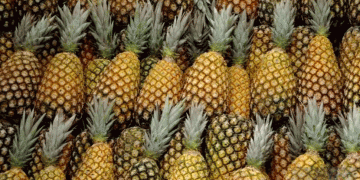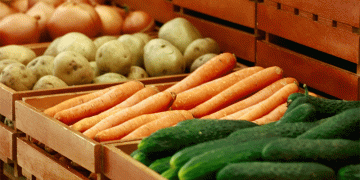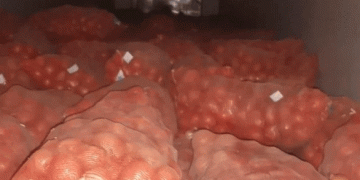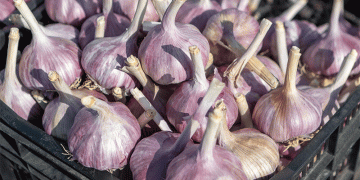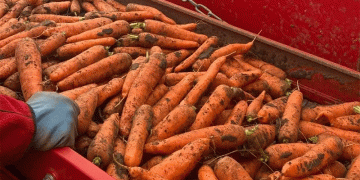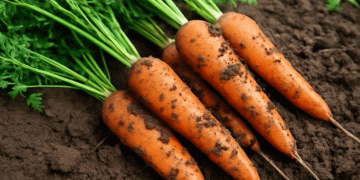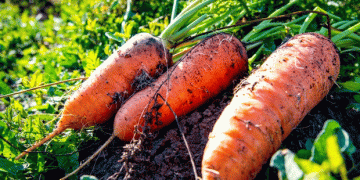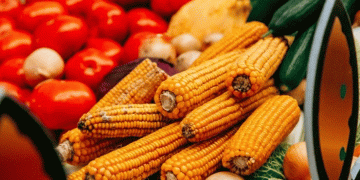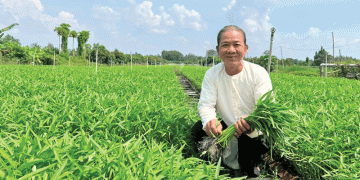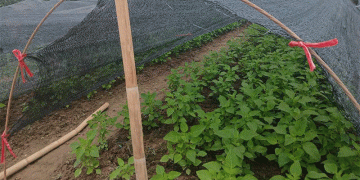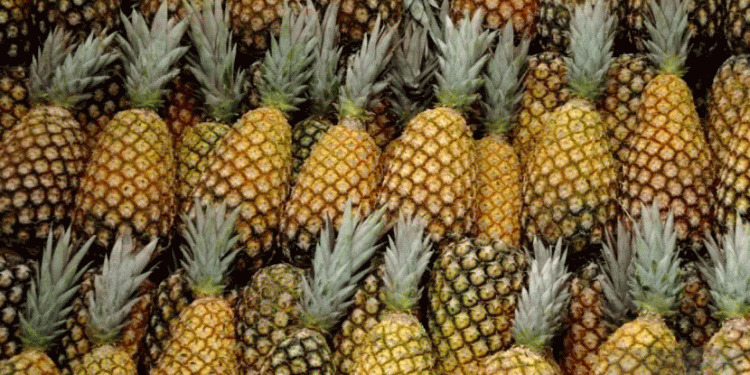Brazil ranks behind only China and India in total fruit production, yet it exported just 1.1 million tons (worth $1.3 billion USD) in 2024—accounting for less than 1% of its output. According to Abrafrutas (Brazilian Association of Fruit and Derivative Exporters), the country ranks 23rd globally in fruit exports, trailing smaller producers like Costa Rica, the Netherlands, and Guatemala.
Key exported fruits include mangoes, melons, grapes, and lemons, but domestic consumption absorbs most of the harvest. Unlike smaller nations that export a majority of their production, Brazil’s vast domestic market (with over 215 million consumers) limits surplus availability for international trade.
Growth and New Opportunities
Despite these challenges, Brazil’s fruit exports are growing:
- 2023: 26% increase in export value
- 2024: Additional 4.6% growth, reaching $1.3 billion
- Q1 2025: Exports surged by 26% year-over-year, hitting 301,000 tons ($311 million USD)
A major breakthrough came in late 2024 when China officially opened its market to Brazilian melons and grapes. A new shipping route reduced transit times from 46 to 28 days, making exports more viable. The first shipments are expected in 2025, potentially boosting Brazil’s position in Asia.
Persistent Barriers: Logistics and Fragmented Production
While Brazil benefits from year-round production, diverse climates, and a wide variety of fruits, key obstacles remain:
- Weak cold chain logistics, leading to post-harvest losses
- Lack of cooperatives among small farmers (who control 70% of Northeast Brazil’s production)
- Dependence on middlemen instead of direct export channels
The Path Forward
The sector is calling for government support in irrigation, logistics upgrades, and trade agreements to unlock Brazil’s full export potential. With strategic investments, Brazil could leverage its natural advantages to compete with global leaders like Spain, the U.S., and Chile.
Brazil has all the ingredients to be a fruit export powerhouse—favorable climate, high production, and growing demand. Yet without solving logistical inefficiencies and supply chain fragmentation, it will continue to underperform on the global stage. The recent China deal offers hope, but long-term success depends on infrastructure improvements and stronger farmer organization.
